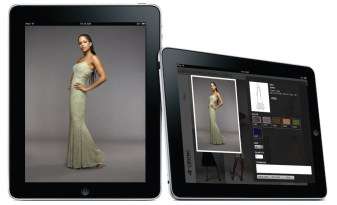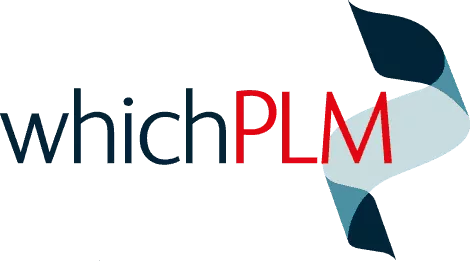PLM Technology Trends
Mobile PLM is now on the move…..

It’s not that long since PDM started collaborating using enabling technologies, including (for example) Citrix Server and PC anywhere to name just a couple. These early web enabling technologies helped suppliers to begin to offer collaborative product development solutions. This first wave happened between the middle and end of the 1990’s, and since that time we’ve seen a great deal of advances in mobile computing take place. Back in the 90’s we used to use the term “Pure Web” since it enabled suppliers and customers to differentiate between the older web enabled technologies and those that were using the most up-to-date (and state of the art) browser based solutions. Customers using CPM and PDM solutions could link their respective business partners via their B2B systems using browser based technologies, in turn linked directly to their PDM/CPM solutions. On top of this, we then saw the birth of the first ‘true form’ apparel PLM systems around the early 2000’s.
Since that time we’ve seen the rapid development of the internet, web services, software developments, coding standards, technical architecture and, now, mobile computing that together helped the industry to advance even faster, broader and deeper into the area of product development across the extended supply-chain.
I was inspired to write this short blog for two main reasons:
- In several recent discussions during my consultancy work with one or two forward thinking retailers here in Europe, we have been discussing the use of mobile devices within product development (primarily tablets and smartphones); and
- After two separate presentations by two thought-leading PLM vendors who were among the first to develop the ability to develop apparel products using mobile computing solutions. Both these vendors presented on two exciting and competing mobile technology platforms. The first was demonstrated on a Windows 7 tablet and showed an exciting prospect, enabling the user to operate the entire PLM solution remotely – including full use of the creative design process with full integration to Adobe illustrator while on the move. Keep in mind that the Windows tablet can be used anywhere, and at any time the user has access to the internet. These days that can mean hotels, trains, planes, city centres, retail stores, airport lounge etc. In terms of the real value of mobile computing several thoughts come to mind, including: trend analysis, competitive shopping trips, retail sales teams on the move, quality assurance and control, and I’m certain there are many more opportunities for mobile PLM that we can all come up with!
Of course, almost all PLM solutions (at the functional user level) operate through a web browser. Although most PLM vendors will be cautious about declaring compatibility with all the browsers currently on the market, essentially a Web2.0/XHTML compatible browser is the main software requirement. But where this current mobile computing era provides greater opportunities for system collaboration is in taking advantage of all mobile devices beyond the top application layer, and truly exploiting the hardware below. This is where my second presentation (provided by Centric Software) showed the start of things to come. Centric’s solution was demonstrated on the Apple iPad, which again is a simple case of enabling PLM via a web browser (Mobile Safari in this case). However what was really of interest was the fact that the iPad presentation also demonstrated the addition of an App being used concurrently on the iPhone. That iPhone application enables a PLM user to take a photograph of say a style, material, or trim using the internal camera, provide some basic supporting data i.e. product type, price, design feature etc before uploading the image directly into the PLM solution.

Now consider a designer/buyer visiting Paris, London, New York or Milan looking for new trends and inspirations. They could photograph a product, design feature, new print idea or inspirational trim, packaging and upload it directly to the PLM system in a matter of seconds. Perhaps more importantly, this upload would be shared at the same time with the extended product development teams, enabling earlier development across the extended supply-chain. Providing PLM users with this powerful ability is a fantastic prospect and one which has been on my thoughts since I first saw an iPhone. However, with Android and Chrome’s seemingly unstoppable recent rise to dominance, and with the Android Honeycomb tablet just around the corner, a further question I now have for this mobile PLM generation, “is the Apple ‘I’ platform the right platform for a vendor to align themselves with?”
The exciting part for me is the fact that we have now entered a truly new mobile PLM era where any member of the product development team, be that a designer/buyer at the early stages, or the QA/QC and logistics teams at the later stages of development, can use their PLM solution on their workstation, on their tablet, or on their smartphone, no matter where they are…. PLM is now truly on the move!!!




